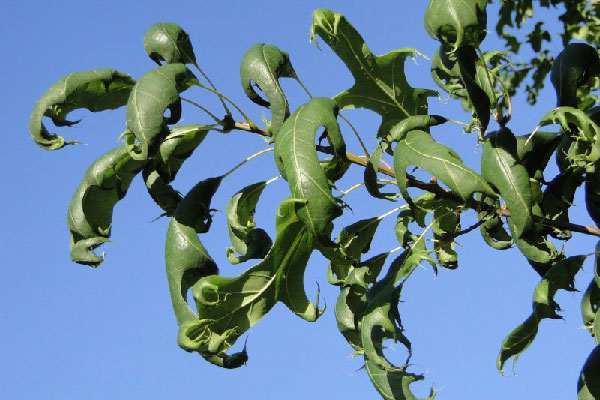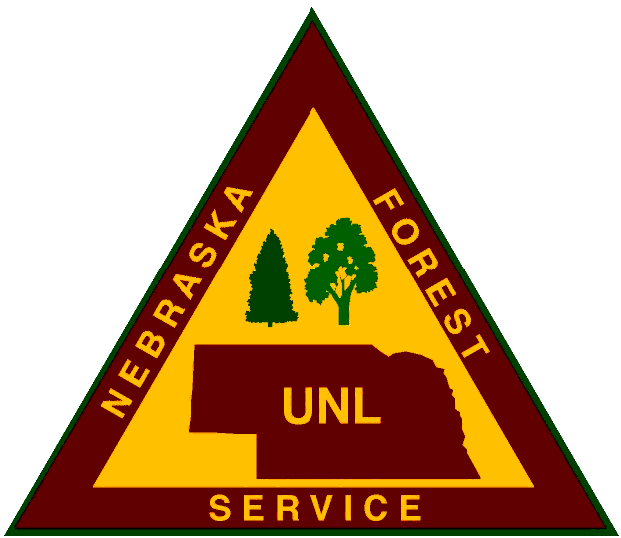Herbicides can be effective tools for controlling unwanted weeds in the landscape. However, in recent years, the Nebraska Forest Service has seen a significant increase in unintended herbicide damage to trees and other landscape plants.
Damage Symptoms
Damage symptoms vary with the type and concentration of herbicide, the plant exposed and its stage of growth, and environmental factors. Common symptoms may include:
- Deformed foliage: leaf cupping, curling, twisting, puckering, strapping (narrow, elongated growth)
- Twisted, curled or stunted stem and branch growth
- Clusters of stunted shoots or leaves
- Discolored foliage: yellow, white, reddish, purplish, or abnormally light or dark green
- Leaf scorch (leaf edges turn tan to brown), flecking, or complete browning and death of leaves
- Defoliation (leaves or needles drop from the tree)
- Branch dieback or death of entire tree
Damage from weather, insects, and diseases can be confused with herbicide damage. Your local extension office, the Nebraska Forest Service, or the Nebraska Department of Agriculture may be able to assist with identifying herbicide injury.
Read On

